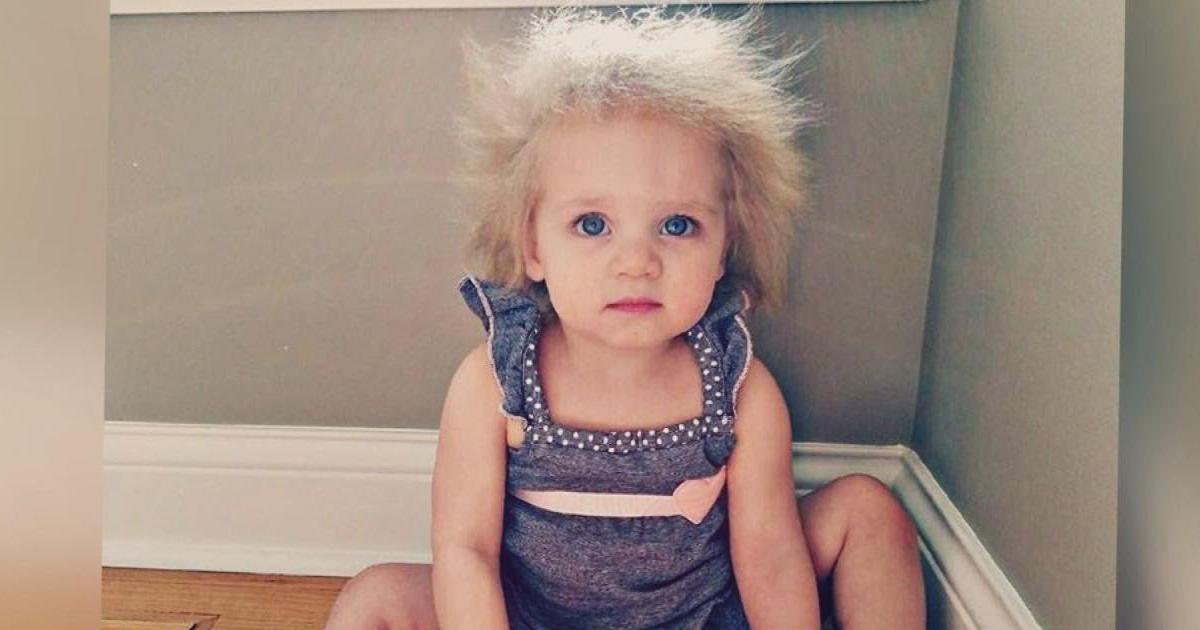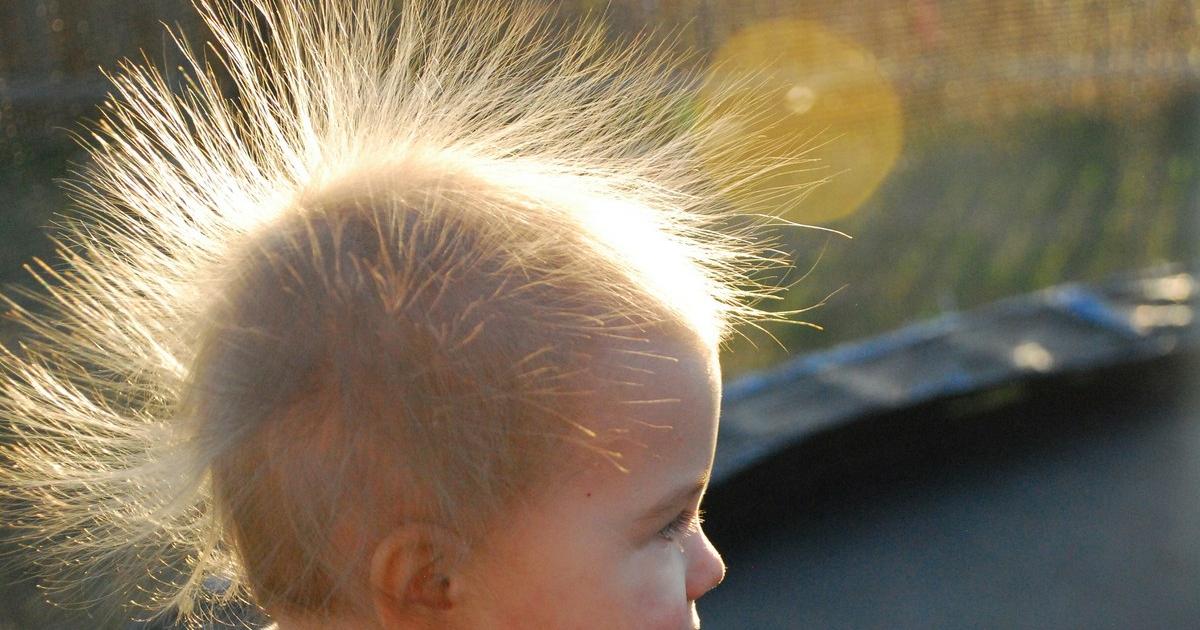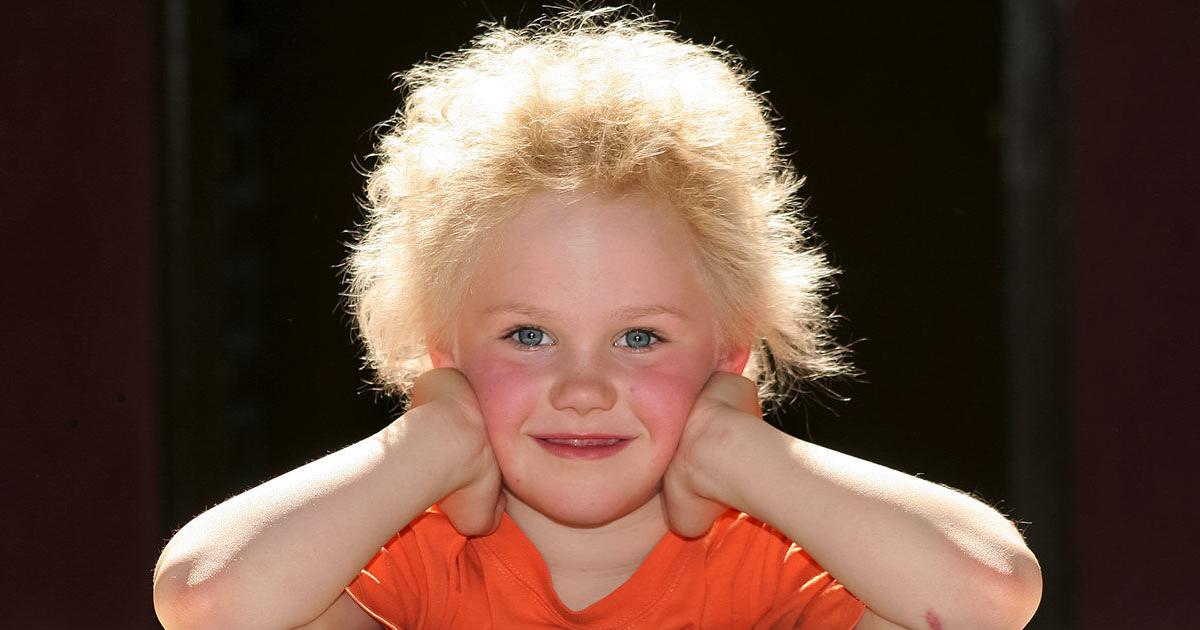Guide To The Symptoms And Treatment Of Uncombable Hair Syndrome
Uncombable hair syndrome is a rare genetic condition that affects the hair shaft. The syndrome most often develops within the first three years of life, and it has been diagnosed as late as twelve years old. While most cases of uncombable hair syndrome are not associated with any underlying medical conditions, some patients with the disorder may also have ectodermal dysplasias, Bork syndrome, or Angel-shaped phalangoepiphyseal dysplasia. Currently, scientists have identified genetic mutations on the PADI3, TGM3, and TCHH genes are involved in this disease. To diagnose uncombable hair syndrome, a dermatologist will observe the patient's hair and examine the hair shaft under an electron microscope. Typically, the syndrome improves with time, and patients diagnosed in early childhood often have hair that lies flat and is of a nearly normal texture by the time they are adolescents.
The guide below outlines some of the most common symptoms and treatments associated with uncombable hair syndrome.
Disorderly Light Colored Hair

Disorderly, light-colored hair is one of the most frequent symptoms of uncombable hair syndrome. Patients generally have blonde, straw-colored, white, or silvery hair with a shiny, glistening appearance. When examined under a microscope, the individual hair strands of patients with uncombable hair syndrome are triangular or kidney-shaped, and there is a longitudinal groove on one or two of the sides of a strand. As the patient ages, their hair color may become increasingly blonde or silvery. The hair growth rate is either normal or only slightly slower than normal, and patients have a normal amount of scalp hair. Although the hair may be dry or coarse, it is not considered brittle or fragile. In some patients, the hair can also appear to be kinked.
Learn more about the symptoms of uncombable hair syndrome now.
Hair That Can't Be Combed Flat

Hair that can't be combed flat is a defining feature of uncombable hair syndrome, and the hair often has a permanently frizzy appearance, particularly in young children. For patients with this syndrome, no amount of brushing, combing, or other treatment will enable the hair to lie flat against the scalp. Many patients and their families may resort to perms, relaxers, and other aggressive chemical hair treatments in an effort to flatten the hair. However, such methods are especially damaging to the hair of individuals with uncombable hair syndrome, and they can lead to hair breakage and even cause bald patches. As patients near adolescence, the time when most symptoms improve, it may be appropriate to use some types of chemical hair treatments. However, patients who wish to use these types of hair remedies should consult their dermatologist first to make sure the treatment will not harm their hair. The hair stylist carrying out the services should also be notified the patient has uncombable hair syndrome so appropriate precautions can be taken to minimize the risk of hair damage.
Get to know more about the warning signs of uncombable hair syndrome now.
Grows in Different Directions

The majority of patients with uncombable hair syndrome have hair that grows in different directions. This feature of the hair can make washing, styling, and cutting it difficult, and patients may need to use special adaptations to make these tasks easier. For example, it may be difficult for patients to cut their own hair, and they should go to a stylist who has considerable experience. Some hairstyles, including bangs and braids, may not be possible for patients in the early years of this condition. However, ponytails are often possible to achieve, and many patients like to place barrettes, headbands, scarves, and ribbons in their hair. When styling hair, patients may be able to use some waxes and styling creams to simplify the process, and certain homemade products made with honey or other kitchen items could help too. Normally, the hair will settle down with time, and patients in adolescence may find their hair no longer grows in as many directions as it did when they were younger.
Read about how to treat uncombable hair syndrome next.
Gentle Hair Care

Gentle hair care is essential for patients with uncombable hair syndrome, and gentle methods will help reduce the potential for hair breakage and other damage. In particular, patients should consider letting their hair air dry after washing instead of using a hairdryer. Curling irons, hair straighteners, and other hair devices that use heat pose an especially high risk of damage for patients with uncombable hair syndrome. When choosing a hairbrush, patients should pick one with soft bristles to prevent additional stress on the hair. Care should be taken to avoid excessive brushing, as this may lead to hair loss. Organic shampoos and conditioners made with natural ingredients can be particularly beneficial for patients with this syndrome, and they may improve the overall manageability of their hair. If necessary, dermatologists and hair stylists can provide additional advice about appropriate hair care routines for patients with this condition.
Uncover more treatments for uncombable hair syndrome now.
Biotin Supplements

Biotin supplements have shown promise in the treatment of uncombable hair syndrome. One case study found a four-month course of biotin supplements led to an increase in hair strength and the rate of hair growth for a patient with uncombable hair syndrome. The case report indicated the hair was also easier to comb following the use of the supplements. Biotin used to be known as vitamin H, and it is sometimes referred to as vitamin B7. It is a water-soluble vitamin found in small doses in eggs, bananas, and milk. Individuals commonly take it to improve hair growth and to treat brittle nails and nerve damage. While there is no established recommended dietary allowance, doctors generally advise adults to take thirty micrograms per day, and up to ten milligrams may be used in patients who have a biotin deficiency. Parents considering using biotin supplements for a child with uncombable hair syndrome should always consult a healthcare provider about a safe dosage, and the doctor may wish to monitor the child while they are taking the supplement. High doses of biotin may interfere with the results of certain blood tests. While side effects are rare, taking too much biotin could cause skin rashes, upset stomach, kidney issues, and problems with the release of insulin.